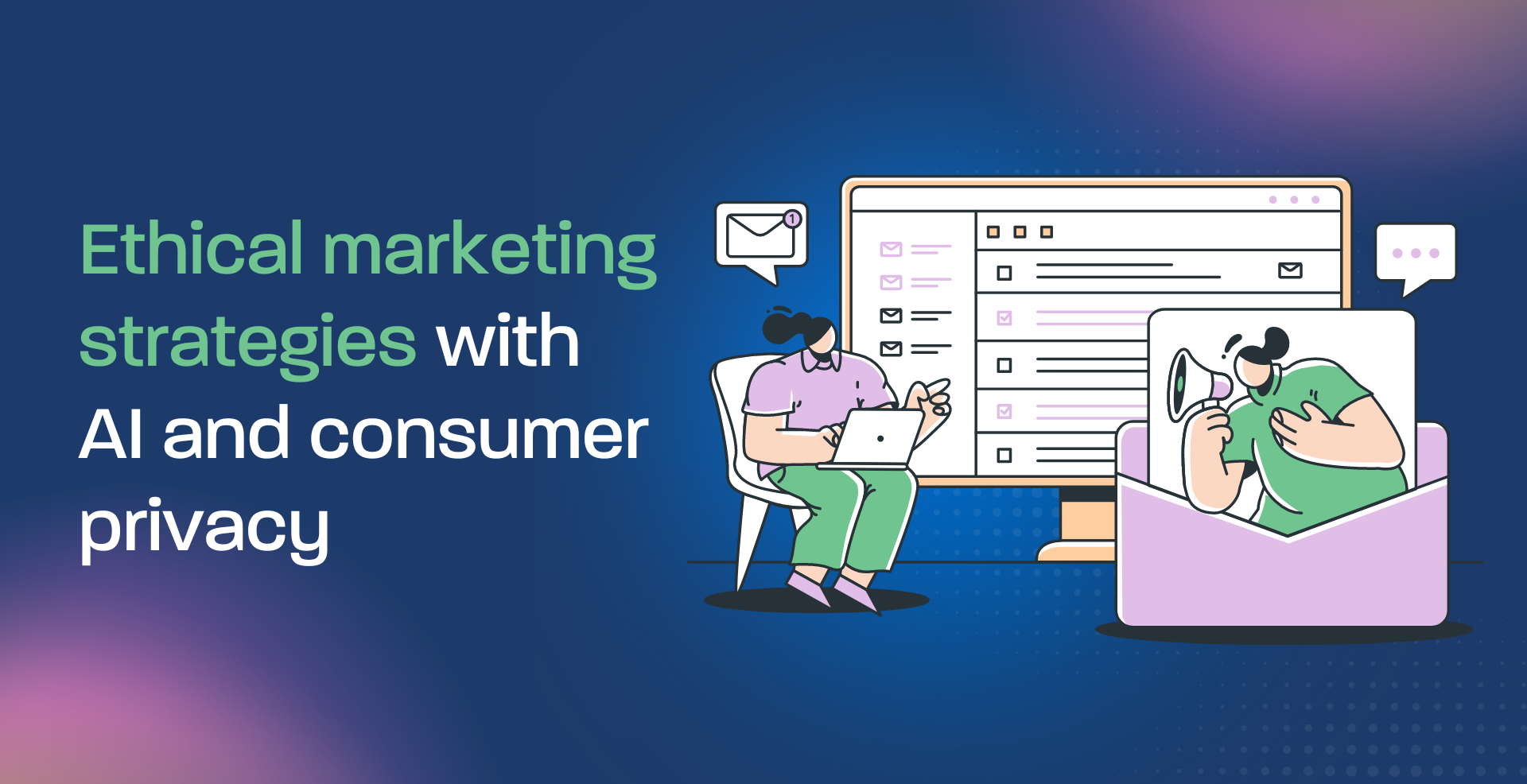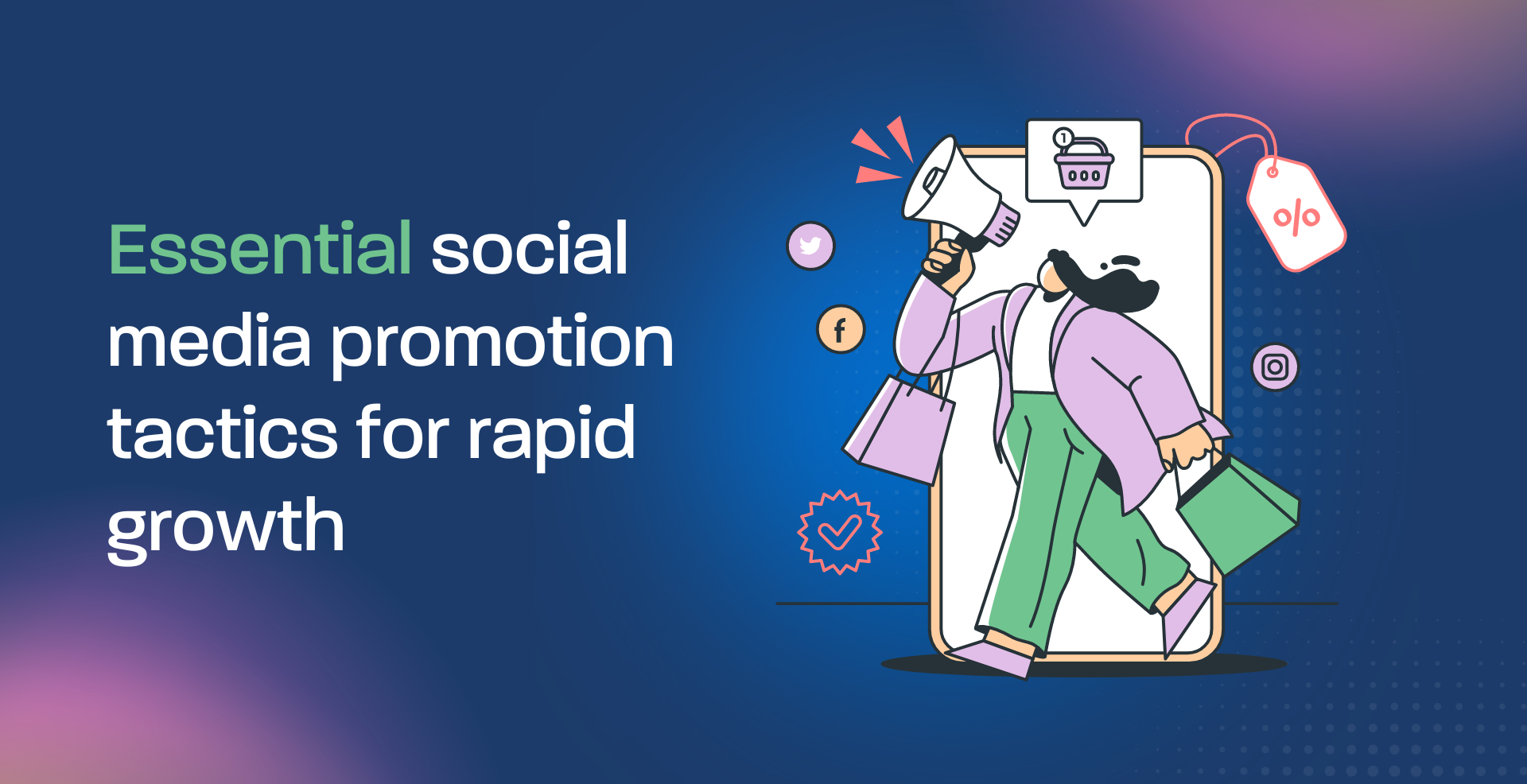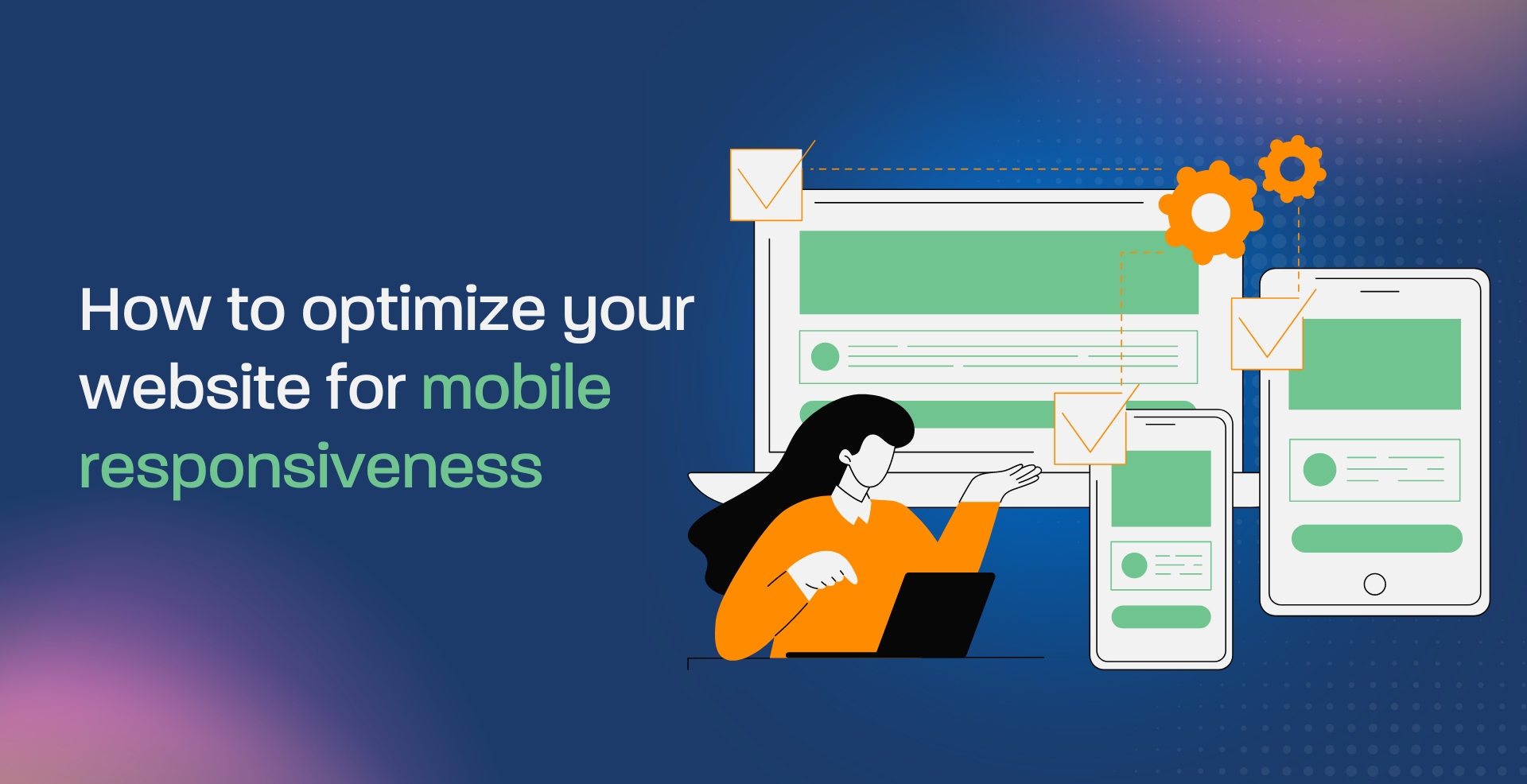In today’s competitive business landscape, small enterprises face unique challenges when it comes to retaining customers and driving growth. One solution that has proven transformative for businesses of all sizes is Customer Relationship Management (CRM). This approach goes beyond merely tracking transactions but focuses on understanding customer needs, preferences, and interactions. By implementing CRM strategies, small businesses can unlock the power of personalized marketing, streamlined sales processes, and improved customer satisfaction.
In this blog, we’ll delve into the significance of CRM for small businesses. We’ll explore real-life success stories, discussing how effectively managing relationships with customers can lead to increased sales, strengthened loyalty, and an enhanced business growth trajectory. Stay tuned as we dive deeper into the various aspects of CRM and its impact on your small business.
Building a Strong Foundation
What are the crucial steps for small businesses to build effective CRM?
Let’s be honest here, starting a CRM system for a small business might seem overwhelming at first. But to lay the groundwork for successful customer relationships, consider the following steps:
First, establish a clear definition of what constitutes a lead or sale. It might seem simple, but having a shared understanding across your team about when a contact becomes a customer is crucial. This will help align your entire team towards common goals and prevent confusion or conflicting priorities.
Next, commit to gathering and storing data that is relevant to both current and potential customers. Keeping an accurate, organized record of interactions is important for effective CRM, enabling targeted communications, customized marketing efforts, and insightful reporting on customer behaviors and preferences.
Lastly, embrace the power of simple communication channels. Begin by choosing a CRM platform that integrates with your everyday tools like email clients and social media accounts. Keeping an open line of contact with your customers – be it via a simple message or personalized greeting – can significantly strengthen your customer relationships.
How can small businesses efficiently use data for customer personalization with limited resources?
Let’s move on to discussing the challenges faced by small businesses in effectively gathering and analyzing customer data for personalization, despite their limited resources. This isn’t an insurmountable feat – it simply demands a smart, resourceful approach.
To begin with, various methods can be employed without investing extensively in high-end data processing machinery or engaging complex solutions. For example, they can leverage existing relationships with existing tools such as Google Analytics, social media platforms free analytics, or customer relationship management (CRM) software like HubSpot or Salesforce. These resources can offer crucial information about customer behaviors and patterns.
Moreover, collaborative data-sharing platforms such as Google Analytics‘ Open Web Tracking and partnerships with other service providers could help expand the available pool of data for analysis. Also, integrating these different data sources and converting them into usable formats, like CSV or Excel sheets, can be done through various APIs (Application Programming Interfaces) – many are free!
In terms of techniques for data analysis, they might adopt a ‘360-degree view’ strategy that encompasses the customer journey, from initial touchpoints to sales transactions and post-sales engagement. By analyzing patterns and trends in this comprehensive view, businesses can gain valuable insights into how to better personalize interactions.
To delve deeper into the analysis, machine learning (ML) libraries such as Python’s scikit-learn or TensorFlow can help uncover hidden customer patterns. While these solutions aren’t explicitly free, many have accessible open-source components that small businesses might exploit effectively, allowing for personalized interactions that meet or even exceed what larger businesses provide, without draining limited resources.
What low-cost methods can small businesses use for customer engagement and management?
Moving forward, small businesses can implement several low-cost techniques to engage customers, build customer loyalty, and effectively manage feedback:
Firstly, they could make use of social media channels as a cost-effective way to reach out to their audience. This could involve consistently posting updates, engaging with comments, and even addressing criticism or complaints. By actively listening and responding to customer queries and concerns, small businesses can show that they care about their customers’ experiences and are dedicated to providing high-quality services or products.
Next, implementing a newsletter or email campaign can help engage customers and keep them updated about special deals or new offerings. It does not cost much to set up an account on affordable email marketing platforms such as Mailchimp or Sendinblue (now renamed to Brevo). Moreover, it’s a way for businesses to maintain open lines of communication with their clientele, keeping the relationship alive and growing over time.
Regarding managing feedback, it is important for businesses to establish clear processes to deal with reviews and testimonials on platforms such as Google My Business, Yelp, or other online business directories. Responding to these in a professional, friendly and solution-focused manner shows potential customers that the business values their opinions, taking care of existing and new client needs seriously.
As we delve deeper into this subject, businesses may even explore low-cost solutions like loyalty cards, sticker collections, or free downloadable assets that users receive for visiting physical locations, sharing on social media, or engaging with the brand online in creative ways. Overall, small businesses can employ these techniques to keep their customers engaged and maintain a healthy, vibrant relationship without going over budget.
Leveraging Technology and Tools
What are affordable tech options for small businesses to manage customer relationships?
So, here’s the thing. Small businesses often face challenges in managing customer interactions and relationship building due to limited budgets and resources. However, there are some effective technology solutions that can help them punch above their weight. First, I’d recommend exploring open-source or low-cost CRM systems, such as Hubspot CRM or OroCRM. These platforms provide basic CRM functionality, including contact management, sales automation, and marketing tools at no cost, while also offering premium features for an additional price if needed.
Next up, email marketing services like Mailchimp or Sendinblue can be game changers for small businesses trying to foster long-lasting relationships with customers. These platforms offer personalized email campaigns, autoresponders, and even automation tools, allowing business owners to stay top of mind without breaking the bank.
Moreover, social media channels are an excellent free tool to manage customer interactions in today’s digital age. Platforms like Facebook, Twitter, and Instagram provide businesses a means to engage with customers in real time. A regular social presence can humanize a business and build loyalty while also generating leads organically.
Finally, for those that are more tech-savvy, tools like Google Suite or Microsoft Office 365 might serve as a comprehensive solution. Both provide email, calendar, and productivity features essential to managing customer relationships efficiently, with various free or affordable pricing plans available to cater to small businesses.
How can small businesses effectively use CRM tools for customer management and automation?
Jumping into it, small businesses often grapple with managing customer relationships effectively in an increasingly digital world. CRM software, such as Mailchimp and Hubspot, are game changers when it comes to contact management, automating campaigns, and setting up strategic follow-ups. But what can we do with these powerful tools?
Let’s begin by talking about contact management. Think of CRM software like a digital rolodex on steroids. With CRM, you’ll store customer contact details, past interactions, purchase histories, and more, all in one place. No need for separate spreadsheets or paper records – every interaction is right at your fingertips!
Now let’s explore automated campaigns. Sending out regular emails or newsletters to a large list can be time-consuming, especially for small businesses. That’s where CRM tools come in, enabling the automation of these communications, making the process more efficient and consistent while saving time for other essential tasks.
Finally, strategic follow-ups are an important component of effective sales and relationship building. These software tools allow you to set up triggers based on specific customer behaviors or lapsed engagement. For example, you can reach out when a client’s renewal date is approaching or send a targeted message if they haven’t engaged in some time.
By using these functionalities, small businesses can leverage CRM software like Mailchimp and Hubspot to enhance customer interactions, improve communication, and grow their relationships.
Which budget-friendly tools can small businesses use for customized customer support?
Jumping right in, there are several budget-friendly customer service solutions that small businesses can easily incorporate into their website to deliver efficient, customized support, keep tabs on ticket requests, and gather meaningful user feedback.
First up, let’s talk about OsTicket: it is a free, open-source helpdesk application designed to smoothly handle customer interactions through its intuitive interface. This tool provides the functionality to track tickets, create reports, assign different levels of priority, and integrate with other tools via its API or plugins, including email ticketing.
Another option worth mentioning is Freshdesk: offering a free plan that can cater to small teams, this software covers the basics – ticketing system, live chat functionality, and customer interaction management through the website. While there are some features locked behind premium subscriptions, for most smaller businesses starting out, this should more than suffice in terms of cost-effectiveness and usability.
Zoho Desk is another well-known solution, which caters to budget-conscious businesses. Their free edition delivers a fully functional helpdesk system complete with essential features such as ticket creation, categorization, priority assignment, and real-time collaboration – allowing multiple team members to address support requests together. Additionally, their custom reporting dashboard enables small teams to make informed decisions based on key performance indicators (KPIs) related to their support activities.
Lastly, for open-source enthusiasts who are working on a shoestring budget or who want to build an in-house solution, Request Tracker is a well-regarded solution that caters specifically to their needs – providing robust and flexible customer support without any costs, apart from time invested in setup and management. This solution features an open architecture and comes with its active community, offering extensive customizability for advanced users who wish to integrate the system with other applications and extend it beyond the basic support functionalities.
Effective Communication Strategies
What are 3 techniques for effective communication in small business-customer relations?
Have you ever felt a sense of unease when trying to figure out the most effective ways for a small business to engage with its customers and foster meaningful, lasting relationships? While I have my thinking cap on, let me walk through this dilemma as if I am sharing thoughts with a dear friend.
- First off, empathy. When a business truly understands and connects with their clients, it creates an emotional bond that keeps customers coming back for more. This empathy can manifest in several ways – acknowledging their pain points and needs, expressing genuine interest and care, and communicating on a level that resonates with your audience.
- Second, consistency and transparency are crucial when nurturing these connections. Inconsistent communication or shady dealings will create uncertainty and potentially lead to customer mistrust. By being consistent with messages, branding, and the information you share, trust is earned and sustained. And let’s not forget, a open book approach, allowing your audience behind-the-scenes and being transparent about your business can add an air of authenticity, making your brand relatable.
- Third, proactively seeking feedback and acting on it demonstrates dedication to continuous growth. By taking the time to understand how your customers view your products or services – whether good or bad – shows you care enough to make improvements that cater specifically to their needs and expectations. And the positive response can be amplified if the improvements are acknowledged publicly.
These techniques, empathy, consistency & transparency, and feedback-driven growth form the bedrock for developing robust relationships with customers in small businesses.
How can small businesses maintain consistent branding across communication channels?
Switching gears, let’s delve into the topic of branding for small businesses. Consistency in branding is a crucial element that sets successful enterprises apart from their competition. So how do these smaller players manage to maintain a uniform image across various communication channels?
First off, they recognize the value of having a strong, unique brand identity. This sense of identity is reflected not just on their business cards or storefronts but also on every single touchpoint that clients or customers engage with – social media platforms, email campaigns, packaging, you name it!
One technique small businesses often use is creating and documenting a detailed style guide. These guidelines define the visual (like colors, fonts, tone) and messaging aspects of their brand, helping ensure everyone involved – be it in-house or outsourced staff – stays on track and delivers output consistent with the core values and vision of the company.
Regularly scheduled review and updates of these guides ensure they’re relevant to the changing times, reflecting an agile yet focused approach towards brand management for small businesses. Moreover, efficient communication within a team is crucial as well. Team members must understand that each piece of marketing material they produce or touch contributes to building their unique brand image.
Collaboration tools and platforms make coordination simpler while enabling all stakeholders to have real-time access to the evolving style guide, making updates and additions on an ongoing basis as needed. In essence, consistent branding is not only about looking good; it’s about clear communication, adaptability, and teamwork – elements that any successful business embodies.
Which social media platforms are ideal for B2B and B2C communication in small businesses?
Now we ponder over the vibrant world of social media and how it caters to both business-to-business (B2B), and business-to-consumer (B2C) audiences. Each social media platform, with its unique characteristics and user demographics, offers distinct advantages for various types of small businesses.
Take LinkedIn, for instance. As the most popular professional network, it is ideal for B2B marketing because businesses can establish genuine connections with other professionals in their industry. This allows them to share knowledge and expertise, build credibility, and engage with potential clients and collaborators. Its targeted advertising options make reaching specific demographics easier.
Facebook and Instagram, however, lean more towards the consumer side. The more casual nature of these platforms can foster strong B2C engagement. With features such as live videos and story ads, small businesses can reach out to their customer base and showcase products, services, or behind-the-scenes content to create an emotional connection. Facebook’s targeting capabilities help small businesses tailor messages and campaigns based on specific audience data.
Of course, this is just scratching the surface. Both B2B and B2C social media strategies can thrive with consistent creativity and execution, ensuring a strong online presence and fostering meaningful relationships within their respective spheres.
What are cost-effective methods for communicating with customers without a CRM system?
Picture this scenario: Imagine running a small business without the luxury of a customer relationship management system. To reach out to clients affordably and keep in touch, there are several channels we could consider. Email marketing comes to mind; it’s an oldie but a goodie. With minimal setup costs, it allows businesses to communicate regularly with customers through personalized messages tailored to their interests, which can help nurture relationships without requiring substantial resources.
Social media platforms are also cost-effective ways of engaging with customers. For instance, Facebook and Instagram have built-in business tools allowing businesses to create pages, run ad campaigns, or use paid promotion features targeting a specific demographic at minimal costs. However, the challenge with these platforms is that they require consistent effort – you can’t just set it up once and forget about it!
Finally, there’s an increasingly popular and time-honored method: good ol’ fashioned newsletters through postal mail. It may seem quaint by modern standards, but there’s a charm and tactile personalization to receiving snail mail that email lacks – and with today’s low printing costs, it might even prove to be a unique selling proposition for your brand. Just keep in mind the additional costs associated with designing, printing, and shipping these pieces.
All things considered, striking the right balance among the mentioned options may lead to a successful strategy: combining regular email communication, strategic social media presence, and creative print materials – each method serving as a touchpoint to reinforce the business’s identity while reaching customers affordably.
How do small businesses create persuasive customer messaging?
Speaking of which, crafting persuasive messages for your small business is a vital skill to engage and satisfy your customers. But what if we could tap into a simple yet powerful framework that enhances your messages’ influence? Let’s explore some ideas.
Firstly, understanding your audience’s pain points and desires can guide persuasive messaging effectively. Imagine knowing precisely what motivates them, so you can address their concerns, and provide meaningful solutions. This connection is key.
Now, using storytelling as a method to communicate your business story adds a human element that captivates potential customers. They are more likely to remember a story and relate it back to their personal experiences or needs, enhancing the impact on their buying decisions.
Furthermore, clarity in communication is crucial; keep messaging succinct and unambiguous to prevent misunderstanding or misinterpretation. Be direct while focusing on benefits rather than features—after all, consumers want to know “what’s in it for me?” (WIIFTM).
Finally, crafting persuasive messages also involves creating a consistent brand image through visual and tonal consistency across channels, ensuring a cohesive, recognizable, and trustworthy identity that resonates with your audience.
Employ these elements and you’ll find your business communications more engaging and effective, speaking of which… let me help you brainstorm ideas for your unique situation!
How can small businesses personalize customer interactions for loyalty?
Let’s move on to discussing the importance of personalization for small businesses in their communication strategies and ways they can make every customer feel valued. Small business owners might already be aware of the significant impact that addressing their customers on a more individual level can have on customer loyalty. By delivering messages tailored to specific clients, companies not only show that they care about each unique interaction but also increase the chances of repeat business.
Now, thinking about effective methods small businesses can adopt, implementing a CRM (Customer Relationship Management) system can be quite helpful. Utilizing client data, this software can assist businesses in delivering personalized content, messaging, and promotional offers that align with the clients’ preferences and purchase histories. Additionally, human interaction goes a long way – personal emails or phone calls to touch base with clients for feedback or simple engagement can also go a long way in creating an atmosphere of valued customers.
Considering communication channels, businesses may think beyond newsletters and social media to personalize messaging on less traditional platforms like SMS, ChatBots or even voice assistants. Furthermore, customized product recommendations, birthday offers or even seasonal greetings can contribute to that feeling of being valued and noticed by small businesses.
So in summary, a simple yet powerful practice for small businesses looking to personalize their communications could be integrating a CRM system, using data insights to inform more individual messaging on various channels, and keeping an active human connection with clients. This not only fosters that sense of value and loyalty but can help stand out among the sea of generic, one-size-fits-all approaches that many companies default to.
What’s the ideal email frequency to maintain customer engagement without overburdening them?
So, what’s this all about then? It’s a common quandary many organizations face – striking that perfect balance when it comes to email communication or any form of outreach with their clients or subscribers. Too much interaction may come off as pushy or intrusive, yet not enough might make your audience feel neglected. It’s an interesting challenge, isn’t it?
You see, frequent contact is crucial in building strong relationships and keeping engagement high. But overdoing it can result in fatigue, annoyance, or even unsubscribe requests. A study from the Radicati Group shows that the average working professional receives around 120 emails daily – wow! So, what’s a good benchmark?
When considering optimal communication frequency, there’s no one-size-fits-all answer since every audience is different. It relies on understanding your target demographics, their needs and preferences, as well as your own industry standards. Regularly scheduling updates could work best for some, whereas others might appreciate more space between interactions.
Taking this further, personalization is the key element here. Make each interaction engaging, relevant, and beneficial to your recipients – that way you’re providing value rather than simply sending an email for the sake of it. The goal isn’t to overwhelm, but to foster a genuine relationship where they look forward to hearing from you!
How can you manage negative customer feedback to maintain relationships?
Everyone knows that dealing with negative customer feedback is a common occurrence in businesses. It’s natural and even inevitable for customers to voice their displeasure at times, but the way you handle this situation can greatly impact your relationship with them. One approach is to respond with empathy, acknowledging their concerns while apologizing for any misunderstandings or mistakes made. It’s essential to listen actively and validate their emotions before offering potential solutions that cater to their unique circumstances.
A calming response could be: “I’m truly sorry to hear you had a negative experience. Your feedback helps us grow, so I appreciate you taking the time to share it with us. While it may not be ideal when things don’t go as expected, know that we value your trust and want to work together to make it right.”
Maintaining transparency is also essential during this process. Being honest and clear about how your company will resolve the issue at hand while addressing any potential miscommunications or misunderstandings can turn a negative interaction into a positive one, as customers appreciate being kept in the loop throughout the entire process. Remember that how you approach negative feedback plays an integral role in managing expectations and fostering long-term relationships with customers.
Remember: every interaction with your customers is a chance to make a difference. By prioritizing communication, personalizing your approach, and continuously seeking feedback, you’ll be able to turn one-time buyers into repeat customers and advocates for your small business.






